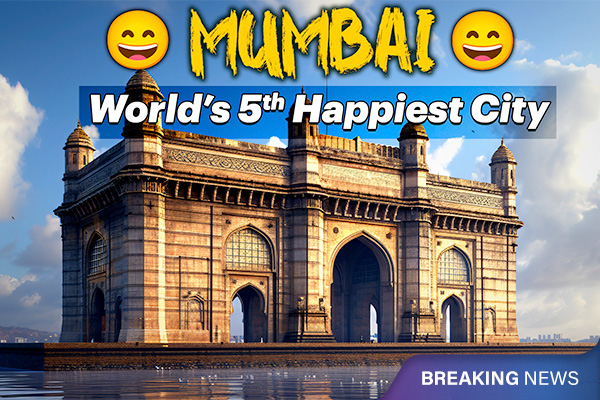Historical and Religious Importance Of Gudi Padwa
Gudi Padwa or the Marathi New Year is about to approach, so today let's talk about why and How this festival is celebrated and what are the religious importance and significance of Gudi Padwa
Gudi Padwa is also known as Samvatsar Padvo. It is celebrated by Maharashtrians and Konkanis as the first day of the Chaitra month according to the Hindu calendar. Why and How it is Gudi Padwa celebrated:
As per Hindu mythology, it is said that on this day Lord Brahma created the universe. It is also said that Lord Brahma further created the concept of days, weeks, months and years on the day of Gudi Padwa. The festival is called Ugadi in South India and is considered to be the first day of the creation of the universe. This is why Lord Brahma is worshiped on this day. This is considered as the New Year's day according to Hindu Mythology. The name Gudi Padwa is made using two words- ‘Gudi’, which means flag of Lord Brahma and ‘Padwa’ which means the first day. Rabi crops or the crops which are grown during the winter months of November or December are cultivated after this festival as it also represents the arrival of the the spring season. The festival is celebrated with great enthusiasm as it holds a lot of significance. It is said that this ritual saves households from all types of evils and ward off negative energies.
The festival starts with an oil bath, which is done by applying oil to the body. Then the skin is allowed to absorb the required quantity of oil, after which a bath is taken with warm water. Taking a bath with warm water helps the body to relax. After taking an auspicious bath early in the morning, the next step is to decorate the entrance of the house. While decorating the doorstep, mango leaves and red colored flowers are used along with the colors of Rangoli are also used as these are considered very pure. Soon after the decorations are complete, the routine rituals are conducted. During these rituals, Lord Brahma is offered prayers and davna. Later, "Havan" is conducted during which offerings are made through fire. Later after completing Rituals, On this day people celebrate the occasion with Gudi which is a flag made using a long bamboo stick and a bright colorful silk cloth. The bamboo is covered with this silk cloth and decorated with neem leaves, mango leaves and flowers. This bamboo stick is then covered with a vessel made of silver/copper and this signifies the victory of good over evil.
After the Gudi is hoisted, everyone religiously listens to a calendar which lists all the kind happenings during the year. During Gudi Padwa, it is considered that the Neem tree absorbs the positive energies the most; hence this bitter plant leaves too is offered among other offerings. Popular main dishes which are prepared for the festival are Kothimbir Vadi, Batata Vada, Sabudana Vada, Chakli, Poori Bhaji, Batata Bhaji and Masala Bhaat. So Now when you know about the religious importance and Significance of Gudi Padwa We wish you all A very Happy Gudi Padwa and Happy New Year full of Blessings and Growth. Also don't forget to mention your favorite dish which is prepared on this day and How excited are you to have it on your plate?







